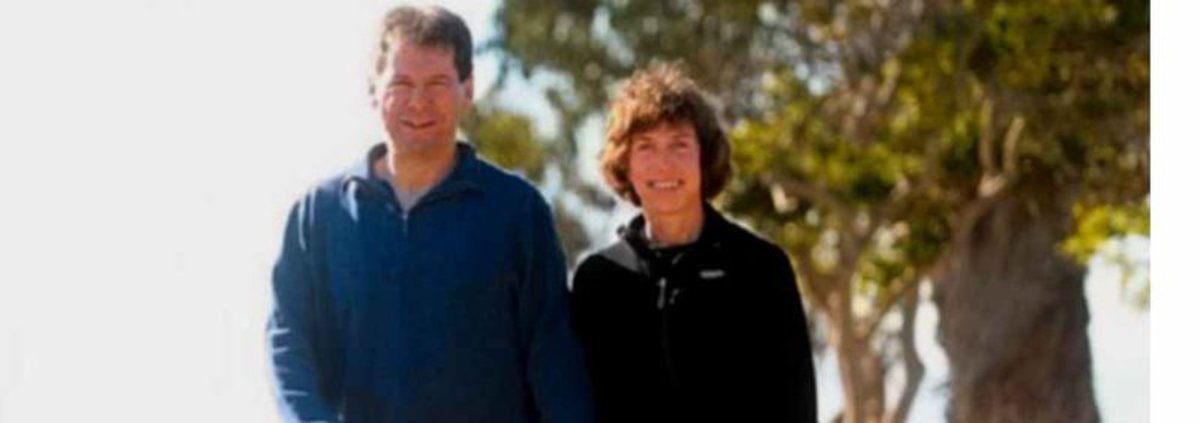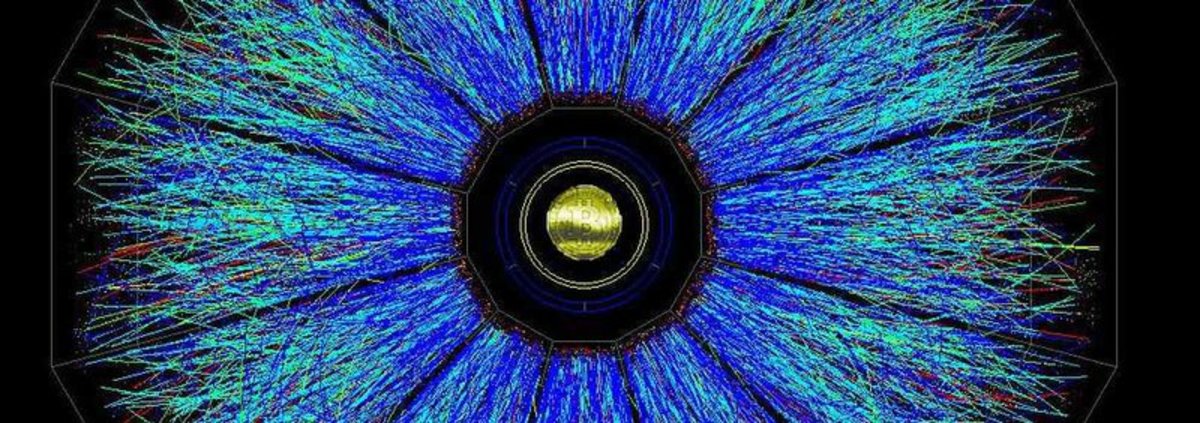
Hal Finney was declared legally dead on August 28, 2014.
It was a sad loss for the bitcoin community and with respectfully bowed heads we mourn his passing. Hal was a futurist and had an uncanny ability to see trends and technology down the road when others couldn’t. He dared to dream impossible dreams that few could see and most would never believe. He saw the future potential in bitcoin long before it went live.
The 58 year old computer programmer and expert cryptologist succumbed to ALS, which is commonly called “Lou Gehrig’s Disease”. It appears there weren’t enough “ice bucket challenges”, which is the latest trend currently taking place around the world, put forth in effort to collect donations to end the disease. For Hal, it was already too late to save his devastated body, but his mind never gave up or gave in. He held a few tricks up his sleeve until the very end. A person like Hal Finney does not go gently into that good night. We’ll get to that.
Hal was one of the biggest defenders and supporters of bitcoin from the earliest days. He rose to the defense of the still incubating technology against fellow cryptologists who were convinced it would never work. Hal held the distinction of getting the first bitcoins ever transferred to anybody as a test from Satoshi himself. In that moment one might draw comparisons to the first telephone call made by its inventor Alexander Graham Bell, which was made to his assistant as well. His first words were “Watson, Come here I want to speak with you!” (recorded in his journals in 1876).
Some had wondered if Hal was Satoshi, though this has been researched and concluded extremely unlikely. In a superb report for Forbes Magazine, Andy Greenberg was dispatched to the trail of the “supposed” Satoshi Nakamoto during Newsweek’s infamous reporting. When Newsweek’s “Crack” team cast their world-wide dragnet and found Dorian Nakamoto, much of the world seemed to break out a bag of popcorn to watch the story unfold. Many in the bitcoin community were shocked and outraged at the injustice; some just didn’t want the good mystery story to end. So this is where many learned about Hal Finney, his life, and the almost impossible odds that one of bitcoin’s real creators had owned a house and lived only a few blocks from the “imposter” version of Satoshi Nakamoto.
With the great mystery and mystique of bitcoin’s true creator still seemingly intact, Greenberg followed one of the leads of the story. The Newsweek headline and breaking story had frenzied reporters from around the world camped out at Dorian’s house just a few blocks from the house Hal once called home. Hal was as curious as anybody about the identity of Satoshi and played with the speculation on the bitcoin forums.
Prior to bitcoin, he became a founding father in many of the uses of the Internet we enjoy today. As one of the first and leading figures in the creation of PGP encryption, the ripples of his efforts are felt by hundreds of millions every day. He was stubborn. He did not trust that all governments were all beneficial and could be trusted to do what is best. He was a legendary proponent of individual privacy.
Hal spent his last months confined to his wheelchair, unable to speak or move. He did have control of his eyes and could communicate by looking up or down to answer yes or no questions. He was being held hostage by the hideously debilitating disease. With his wife Fran taking care of him full time, he was getting by.
On March 19, 2013 he issued one of his last posts on the bitcointalk forum titled “Bitcoin and Me”. Hal spoke about his early contributions to the bitcoin project and his current personal struggles with the disease. He mined some of the very first bitcoins with his PC’s CPU when it was still easy enough to do so. He gave up fairly early when it started to make his computer run hot. Looking back - he wished he had left it going a little longer.
A great deal can be learned of the attitude, fight, and optimism Hal had on life. Hal believed in the future and was inspiring to those who read of his account. Even in the face of his own limited mortality he was making plans for his heirs and keeping his precious bitcoins safe. However, some of them were used to pay for his wheelchair and medical costs towards the end. But Hal was the kind of guy who wouldn’t go quietly. He had been training to do a full marathon in his 50s just before he was diagnosed. These are not the aspirations of one likely to just give in.
One of his last futuristic beliefs was that he might be back to fight another day. With the same optimism he put into the future of bitcoin and the technology of digital cryptographic currencies, he put into the idea of cryopreservation. At the time of his last heartbeat his wish to be preserved came to fruition. Some people speak about the idea of cryopreservation in eerily similar terms that some talk about bitcoin – as if it’s a pipe dream. The futuristic idea would be that his body may one day be “jump started” once there is a cure for ALS. It’s the stuff of science fiction; but then again most of the world would have put bitcoin in that same category five years ago. The exploding price of bitcoin itself may have played a part to make his last adventure possible.
The bitcoin community leaders have begun an ALS research fund. The youtube video with Gavin Anderson completing the ice challenge and includes the link to donate bitcoin directly to the fund. Please consider this request in Hal's honor. Without his efforts in cryptography and bitcoin , you might not be reading this today. The address to donate directly can be found here:
Hal Finney was an optimist, futurist, idealist, and a fighter. He once spoke of the possibility of bitcoins reaching one million dollars each. Hal seemed stubborn enough that he would insist on one day waking up to see it happen. We in the bitcoin community salute one of our own. Hal Finney, may all of your optimistic dreams come true.










